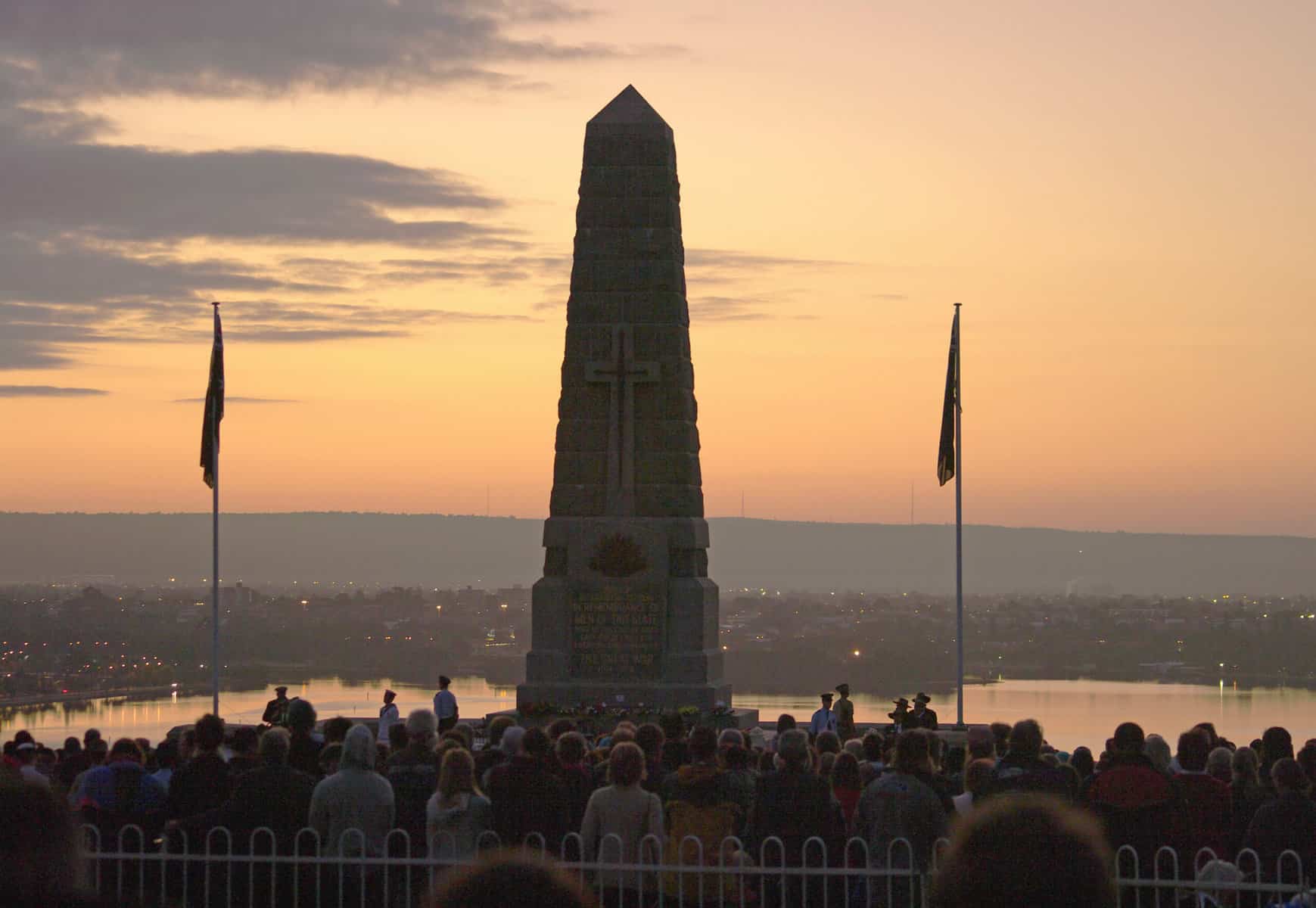Understanding ANZAC Day: A Parent’s Guide to its Commencement
Greetings, wonderful parents! Are you looking to share the significance of ANZAC Day with your children? Well, you’re in the right place! As we explore the rich tapestry of history behind this poignant day, we aim to provide you with easy-to-understand facts that you can confidently discuss with your kids. Let’s embark on a journey back in time to discover the origins of ANZAC Day.
What is ANZAC Day?
Before we dive into its history, let’s define ANZAC Day. ANZAC stands for the Australian and New Zealand Army Corps, and ANZAC Day is a national day of remembrance in Australia and New Zealand. It commemorates all Australians and New Zealanders “who served and died in all wars, conflicts, and peacekeeping operations.” This momentous day is observed on April 25th each year, marking the anniversary of the first major military action fought by Australian and New Zealand forces during the First World War.
The Dawn of ANZAC Day
Now, let’s walk through history to unveil how this day began. On the 25th of April 1915, ANZAC forces landed on the Gallipoli Peninsula in Turkey as part of a larger campaign to secure the Dardanelles for the allied navies. The idea was to capture Constantinople (now Istanbul), thereby opening the Black Sea to the allied navies and ultimately knocking the Ottoman Empire out of the war. The landing at Gallipoli was met with fierce resistance from the Ottoman Turkish defenders.
The campaign dragged on for eight long months with heavy casualties on both sides. By the time the allied forces were evacuated, they had not achieved their objectives, and the mission was deemed a stalemate, resulting in over 8,000 Australian soldiers’ deaths. Despite the loss, the campaign became a defining moment in Australian and New Zealand history where the ANZAC spirit was forged; a spirit characterized by endurance, bravery, initiative, discipline, and mateship – qualities that continue to define Australians and New Zealanders today.
The First ANZAC Day
The first official ANZAC Day was observed on the 25th of April 1916. It included a variety of ceremonies in Australia, a march through London, and a sports day for the ANZAC soldiers still in Egypt. Since then, ANZAC Day has been commemorated annually with ever-growing attendance by both the young and old who wish to pay their respects.
One of the most distinctive features of ANZAC Day nowadays is the ‘Dawn Service’. Pre-dawn vigils represent the time when soldiers landed on the beaches of Gallipoli, and these solemn gatherings reflect the quiet, reflective moments that soldiers may have experienced before the battle commenced.
In Australia and New Zealand, ANZAC Day begins with these dawn ceremonies, followed by memorial services, veterans’ marches, and various community events to remember and honor those who have served. This tradition serves as a powerful reminder of sacrifice and dedication depicted through generations of service members.
It’s essential for us as parents to convey the significance of this day to our children, ensuring they understand and appreciate the bravery and selflessness that has shaped their countries’ identities. By doing so, we help them recognize the fundamental values commemorated on ANZAC Day and instill in them respect and gratitude for those who have contributed to our nations’ freedoms.
Now, let’s delve further and explore how the observance of ANZAC Day has evolved over the years and how it plays an integral part in today’s Australian and New Zealand societies. Stay tuned as we continue this captivating history lesson!

5 Things Parents Should Know in Preparing for ANZAC Day
As parents, it’s our role to guide our children through the cultural and historical landscapes of our nations. Here are five things you should know when preparing to talk to your children about the beginnings of ANZAC Day:
- The Significance of the Gallipoli Campaign: It’s important to communicate to children that although the Gallipoli Campaign was not a military victory, it played a crucial role in forming the national identity of Australia and New Zealand. Let them know that bravery and resilience can emerge even in times of adversity.
- The Meaning of ANZAC Day: Make sure they understand that ANZAC Day is not just a historical date but also a day for honoring the courage and sacrifice of those who have served their country in all conflicts, not just the First World War.
- Traditions and Ceremonies: Explain the dawn services, parades, and the minute of silence—and why these traditions are observed. Participation in these ceremonies can be a powerful, collective experience that offers a personal connection to the history being commemorated.
- The ANZAC Spirit: Discuss the values associated with the ANZAC spirit such as mateship, fairness, courage, and perseverance. Share stories or examples of how these values are still relevant and exhibited today.
- How to Commemorate: Finally, talk to them about respectful ways to commemorate ANZAC Day. This could include attending local services, making a wreath, baking ANZAC biscuits, and even learning the national anthems or a traditional ANZAC song like “The Last Post”.
How ANZAC Day is Observed Now
Over the years, the observance of ANZAC Day has evolved to meet the needs of a changing society. It has grown from a day of remembrance for fallen soldiers to a broader reflection on the service and sacrifice of all men and women involved in military service.
Today, many schools hold their own ANZAC services, teaching children about the history and significance of the day. Communities come together for parades where veterans and their families march, often accompanied by members of various youth organizations. Public monuments and war memorials become focal points for people to lay flowers and wreaths.
Educational materials and resources are also widely available for parents and educators to use as tools to help children understand the historical context and contemporary importance of ANZAC Day. Many museums and libraries host exhibitions or storytelling sessions around the time of ANZAC Day, and numerous books, films, and documentaries provide deeper insights into the experiences of ANZAC soldiers.
Through participation in these events and activities, families have the opportunity to deepen their knowledge and instill a sense of national pride and remembrance in the younger generation.
Whether it is through formal ceremonies or personal reflection, ANZAC Day offers an opportunity for every family to come together to acknowledge and learn from our shared history. It is a time to honor the past and educate the future—a chance to discuss enduring themes of bravery, sacrifice, and the ongoing pursuit of peace.
While the origins of ANZAC Day are rooted in the battlefields of the First World War, its spirit endures in the hearts of Australians and New Zealanders, and carries on as a legacy for our children to inherit and uphold.
Let’s use the occasion of ANZAC Day not only as a history lesson but also as a teaching moment for our children. It’s a time to remember, to reflect, and to appreciate the freedoms and values we enjoy today, thanks to those who served and sacrificed for our nations.
See more great Things to Do with Kids in New Zealand here. For more information see here
Disclaimer
The articles available via our website provide general information only and we strongly urge readers to exercise caution and conduct their own thorough research and fact-checking. The information presented should not be taken as absolute truth, and, to the maximum extent permitted by law, we will not be held liable for any inaccuracies or errors in the content. It is essential for individuals to independently verify and validate the information before making any decisions or taking any actions based on the articles.




